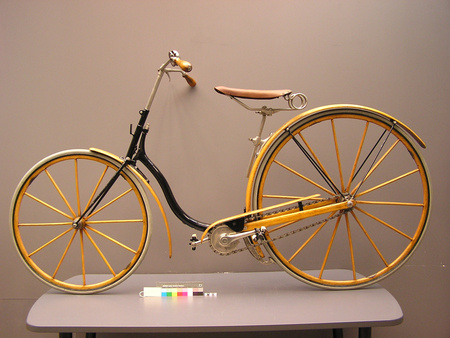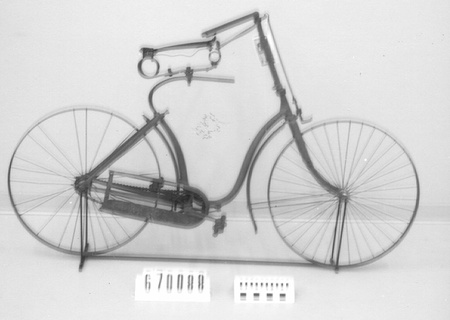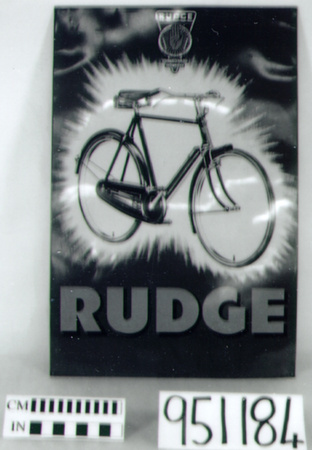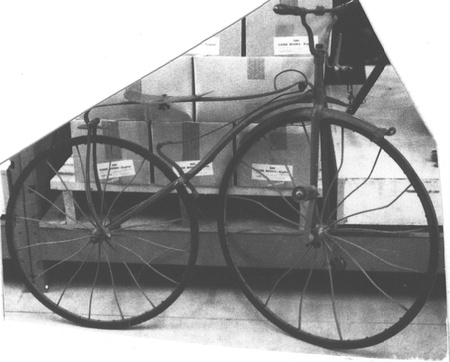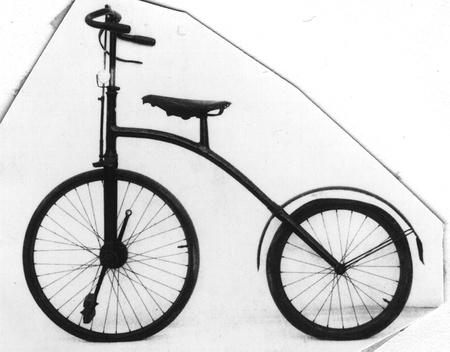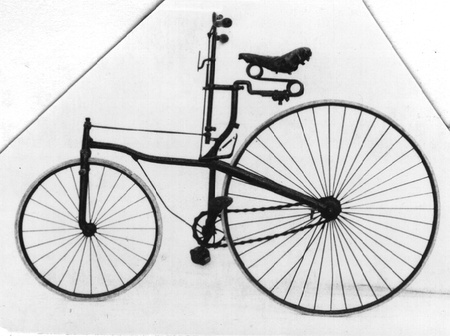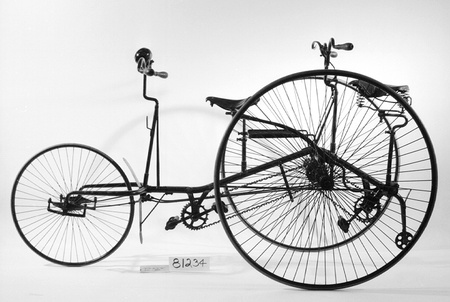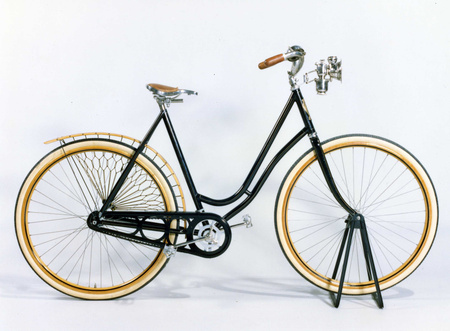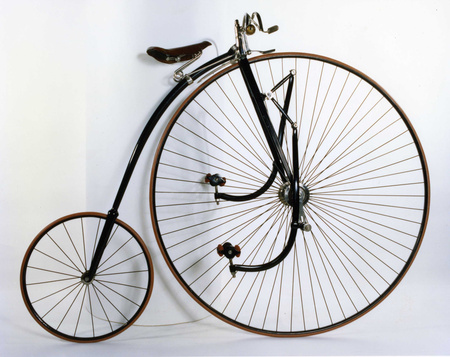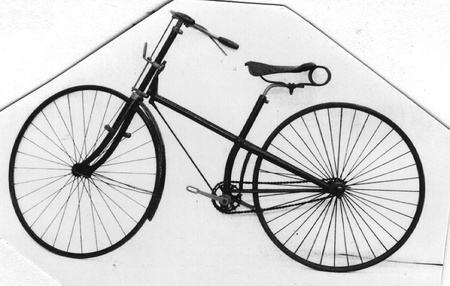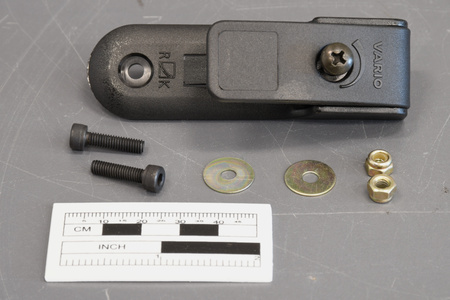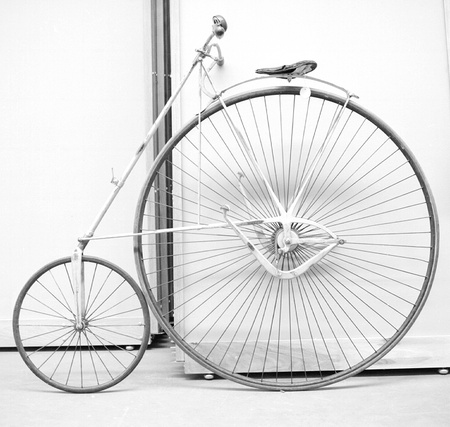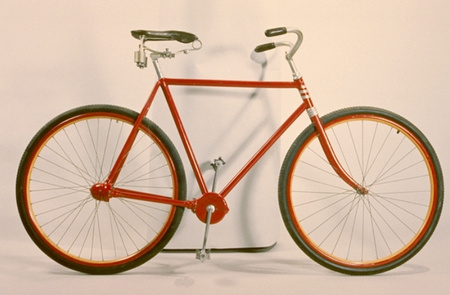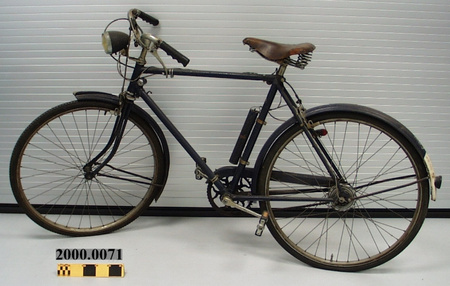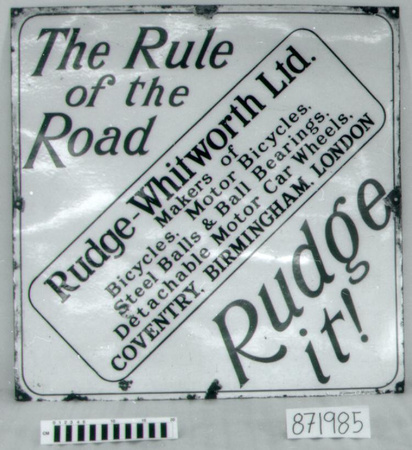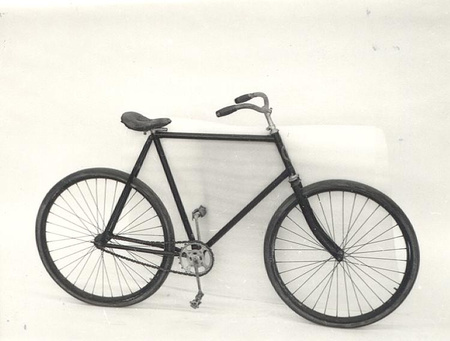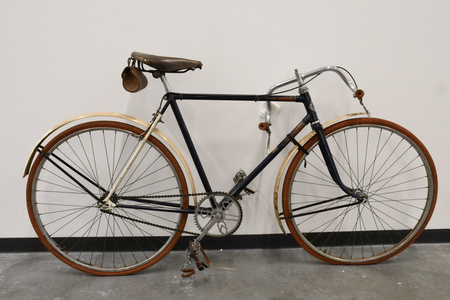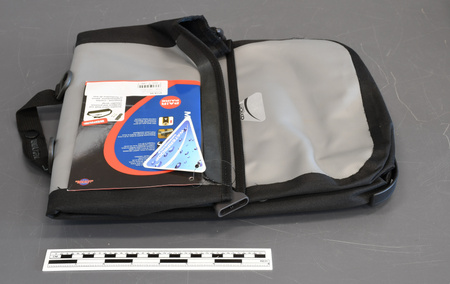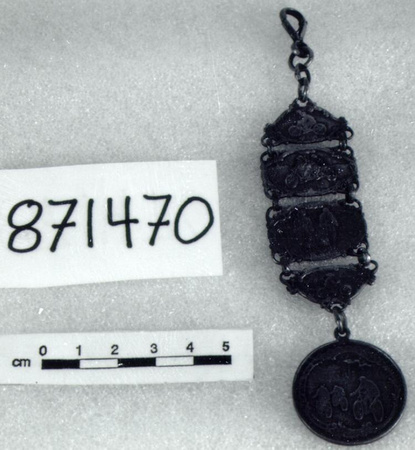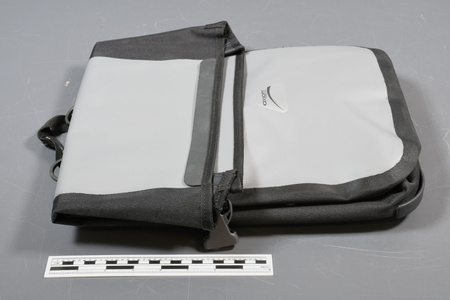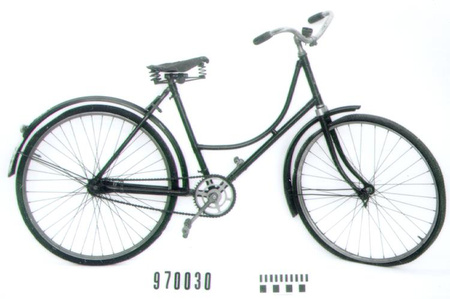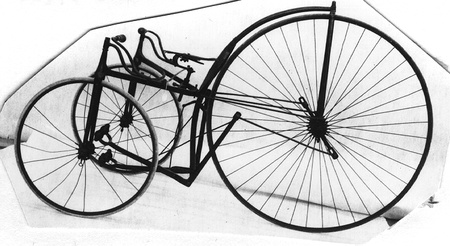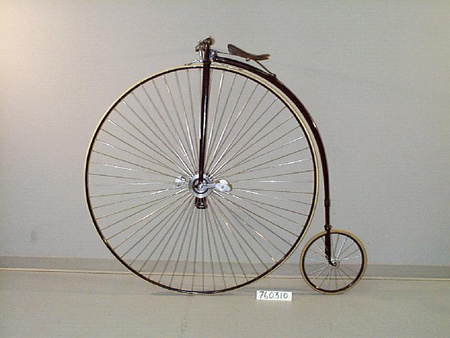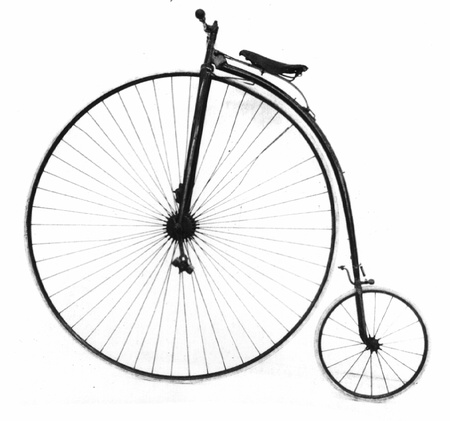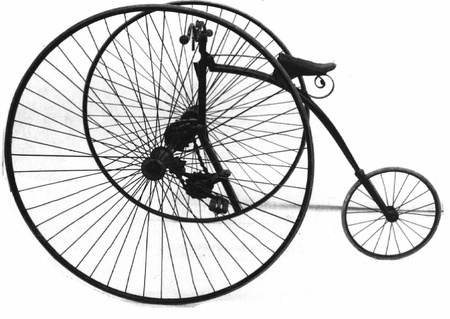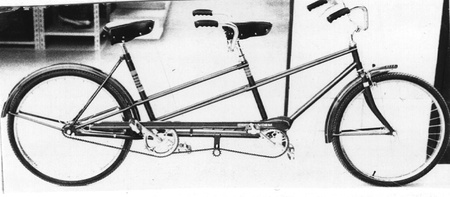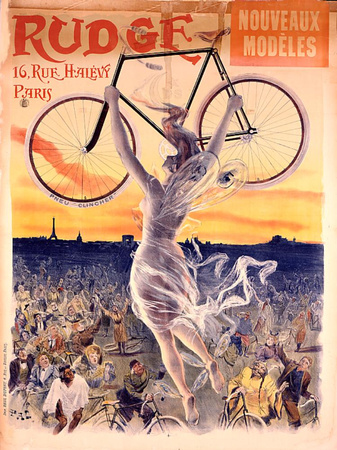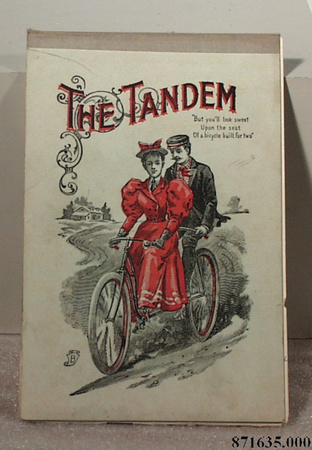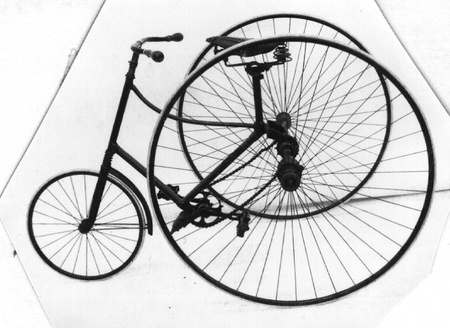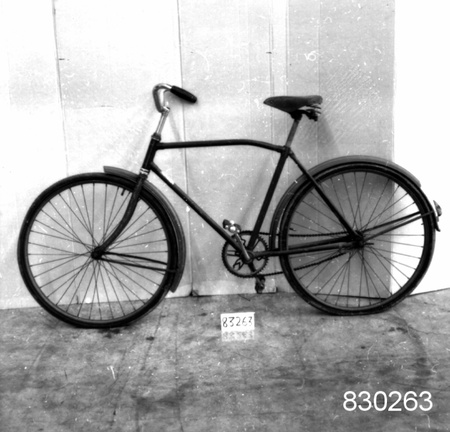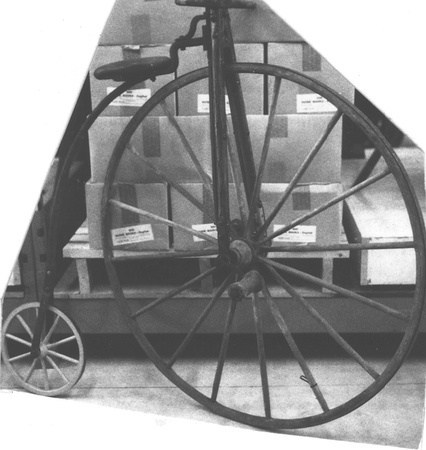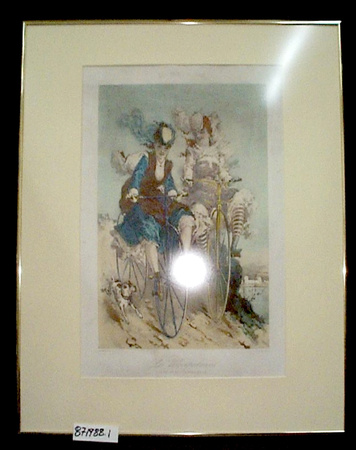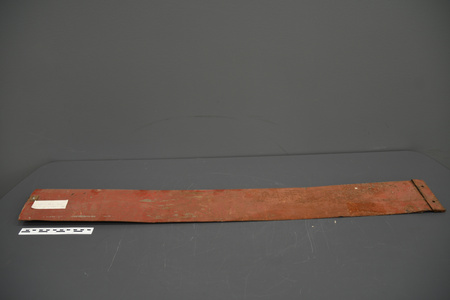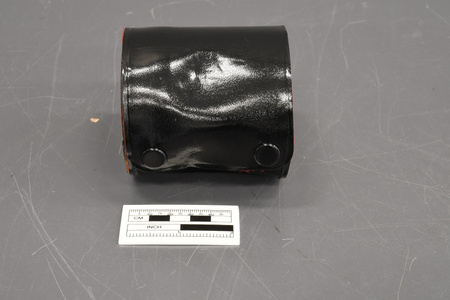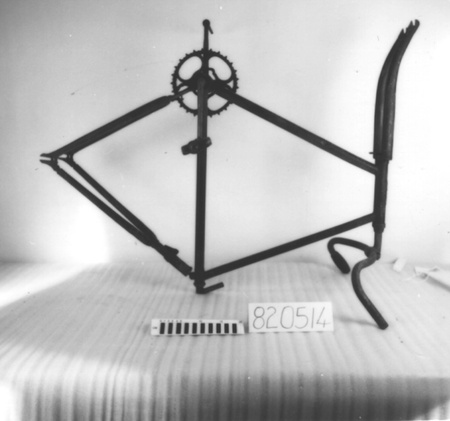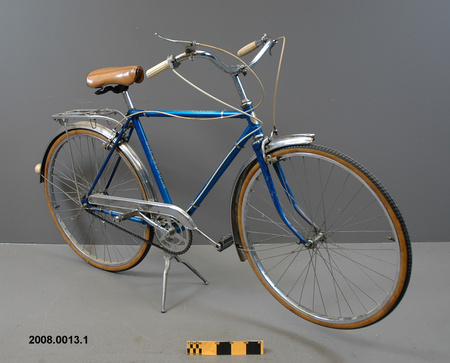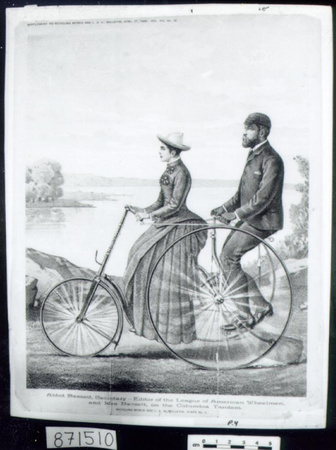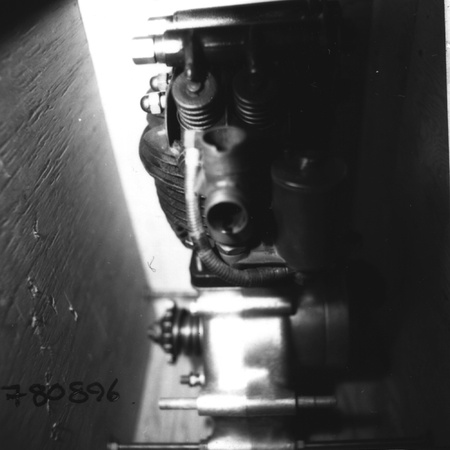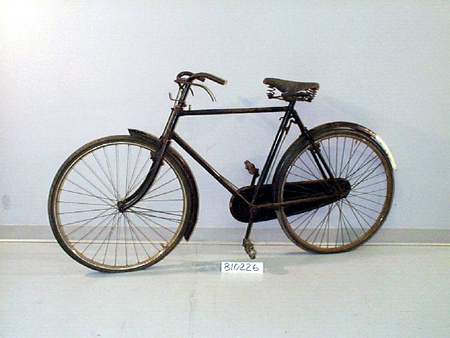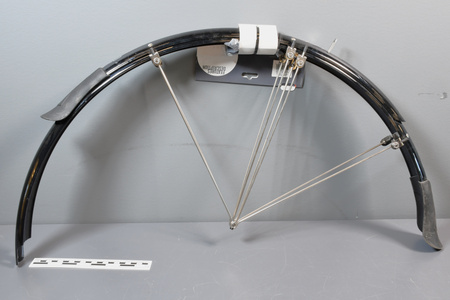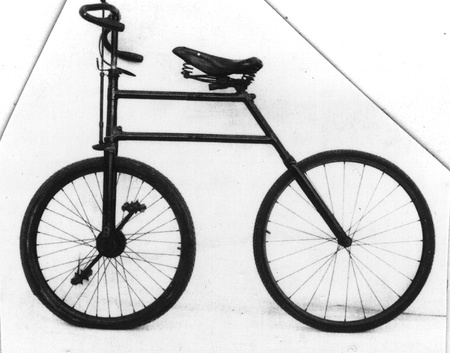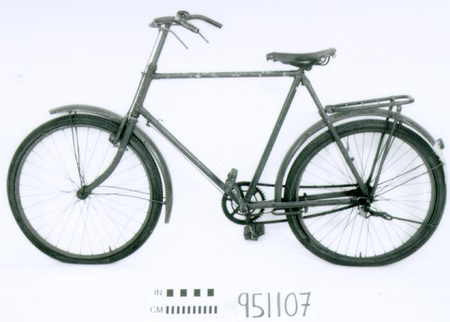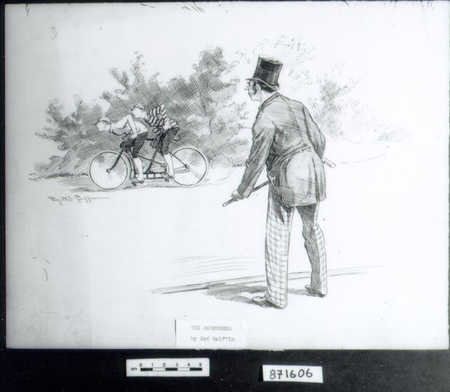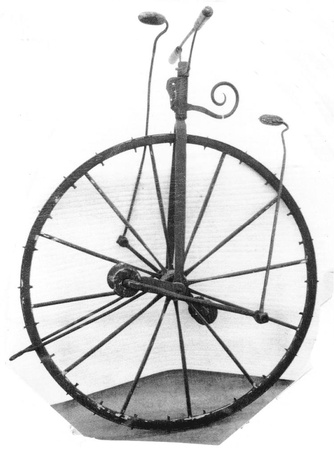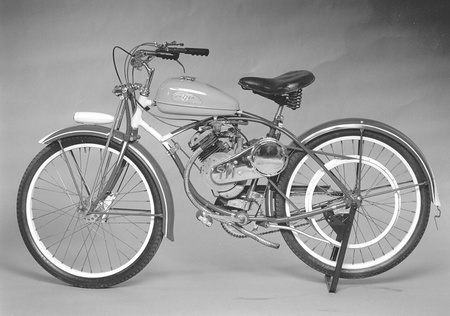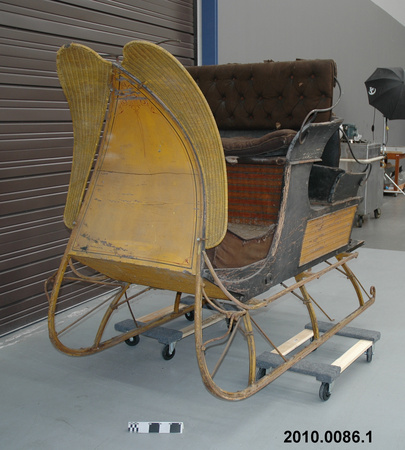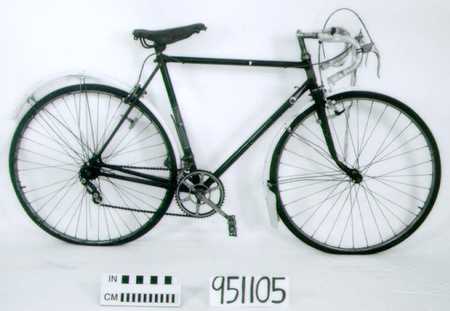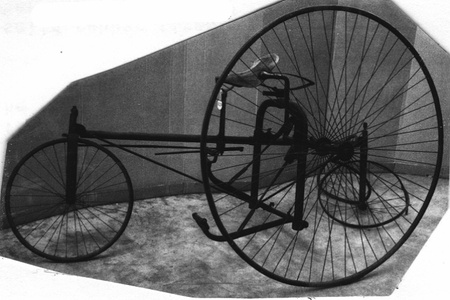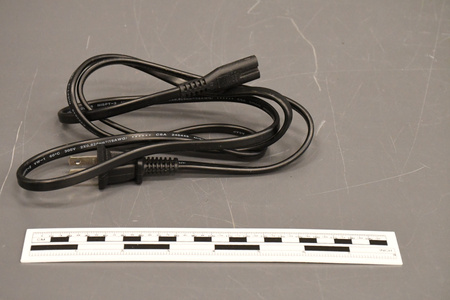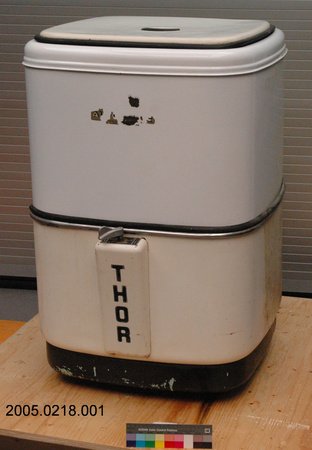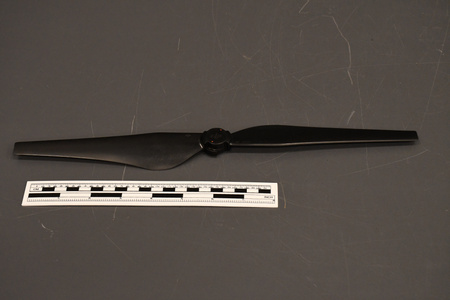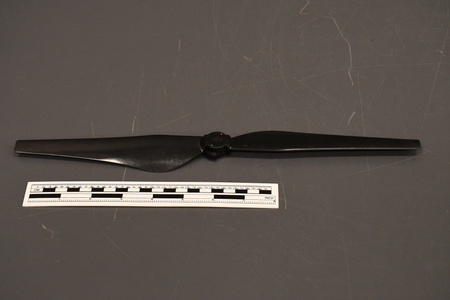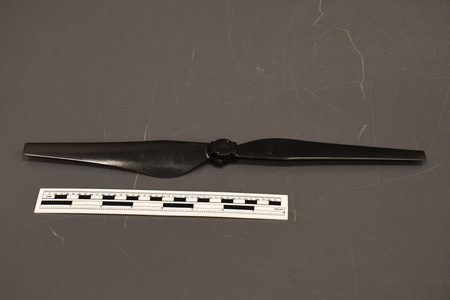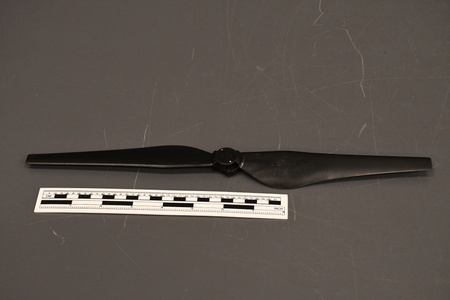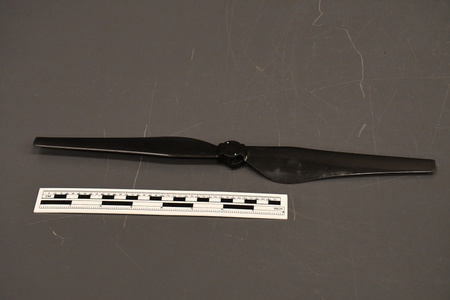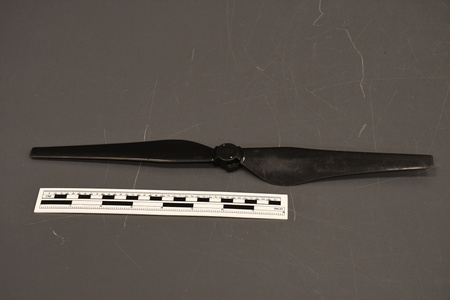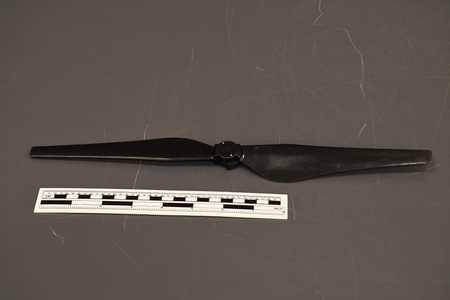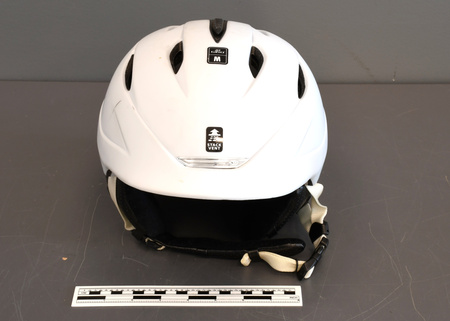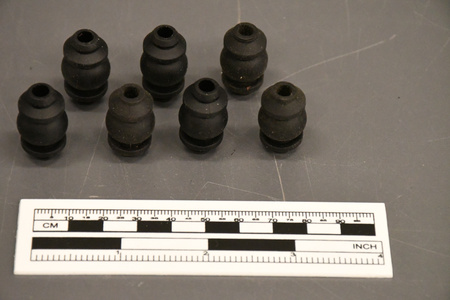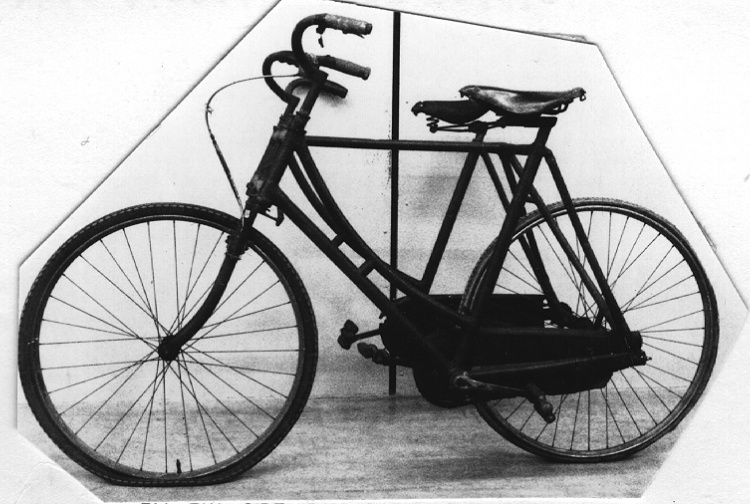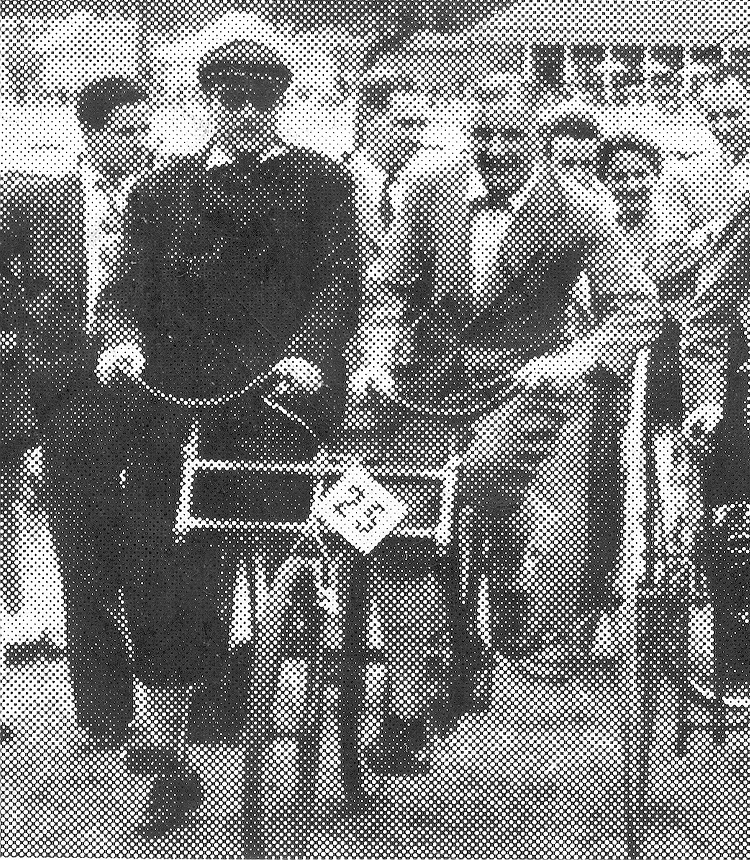Bicycle
Use this image
Can I reuse this image without permission? Yes
Object images on the Ingenium Collection’s portal have the following Creative Commons license:
Copyright Ingenium / CC BY-NC-ND (Attribution-NonCommercial 4.0 International (CC BY-NC 4.0)
ATTRIBUTE THIS IMAGE
Ingenium,
1981.0246.001
Permalink:
Ingenium is releasing this image under the Creative Commons licensing framework, and encourages downloading and reuse for non-commercial purposes. Please acknowledge Ingenium and cite the artifact number.
DOWNLOAD IMAGEPURCHASE THIS IMAGE
This image is free for non-commercial use.
For commercial use, please consult our Reproduction Fees and contact us to purchase the image.
- OBJECT TYPE
- safety/tandem, side-by-side/chain drive/diamond frame
- DATE
- 1898
- ARTIFACT NUMBER
- 1981.0246.001
- MANUFACTURER
- Rudge-Whitworth Ltd.
- MODEL
- Rudge-Whitworth Sociable
- LOCATION
- Birmingham, England
More Information
General Information
- Serial #
- N/A
- Part Number
- 1
- Total Parts
- 1
- AKA
- N/A
- Patents
- N/A
- General Description
- METAL FRAME/ METAL WHEELS W. RUBBER TIRES/ LEATHER SADDLE/ RUBBER PADS ON PEDALS & RUBBER HANDGRIPS
Dimensions
Note: These reflect the general size for storage and are not necessarily representative of the object's true dimensions.
- Length
- 175.2 cm
- Width
- 94.7 cm
- Height
- 110.8 cm
- Thickness
- N/A
- Weight
- N/A
- Diameter
- N/A
- Volume
- N/A
Lexicon
- Group
- Non-motorized Ground Transportation
- Category
- Cycles & cycling
- Sub-Category
- N/A
Manufacturer
- AKA
- Rudge Whitworth
- Country
- England
- State/Province
- Unknown
- City
- Birmingham
Context
- Country
- Unknown
- State/Province
- Unknown
- Period
- EARLY 1900'S
- Canada
-
Tandem cycling began as early as the mid-1880s. At this time, technical innovation spurred various improvements in velocipedes and bicycles. From differing frames to differing configurations, tricycles, and Ordinaries, the mid 1880s was arguably the most diverse period for cycling throughout Europe and North America. In the case of the Tandem bicycle, it allowed men and women to ride together, but also any configuration could be achieved, with friends riding together as a selling point. The Tandem bicycle may have also made a modest contribution to the emancipation of middle-class women and initiated informal fashion trends for both sexes while operating this machine. Le bicycle Tandem a débuté dans les années 1880s quand l'innovation technique de cette machine a déversé aux bicycles Ordinaires et aux tricycles en Europe et en Amérique du Nord. Le bicycle Tandem à permit aux hommes et aux femmes de voyager ensemble. Plusieurs configurations de cette machine étaient possibles et le Tandem pouvait aussi être responsable de modifier la mode des vêtements pour les deux sexes. Cette modification pouvait aussi jouer un rôle de l'émancipation des femmes situées dans la classe moyenne. - Function
-
This artifact is a two-seater version of the bicycle. It is also perhaps a precursor to sidecars on motorcycles. This version is not a tandem, as it is a Sociable, emphasis here being that sociables have a side-by-side arrangement while tandems are usually in a single line arrangement. Cet artefact est un bicycle a deux bancs. Il est possible que l'objet soit un ancêtre des nacelles latérales de la motocyclette. La version n'est pas un tandem, mais un Sociable grâce à la configuration des bancs un à côté de l'autre. - Technical
-
What differentiates the sociable from the tandem is the seating arrangement: this machine sits two people side by side in an aim to encourage them to have a more social ride. In essence, a bicycle would be fitted with two seats and two crank-shafts, which allowed two people to ride it at the same time. It is probable that manufacturers of the side-by-sides were cautious, as they considered the weight of the machine to be hazardous. However, Rudge’s differential proved to be a game-changer for side-by-side arrangements, and later for motor cars. La différence entre le bicycle tandem et le bicycle Sociale est l'arrangement des bancs. Cette machine a deux bancs un à côté de l'autre pour encourager le couple qui l'utilise à avoir une expérience plus sociale. Cet artefact possède deux bancs et deux arbres à vilebrequins pour que deux personnes puissent faire du cyclisme ensemble. Il est probable que les manufacturiers étaient prudents avec l'invention, car ils pensaient que le poids de la machine posait un risque aux coureurs. La compagnie Rudge a inventé une différentielle qui apportait une solution à ce problème pour ces genres de bicycles et plus tard il était aussi appliqué aux automobiles. - Area Notes
-
Unknown
Details
- Markings
- N/A
- Missing
- N/A
- Finish
- FRAME & HANDLEBARS - FLAT BLACK/ ONE SET OF HANDGRIPS- LIGHT BROWN; SECOND SET- BLACK/ ONE SADDLE- BLACK; SECOND SADDLE- DARK BROWN
- Decoration
- OVAL, BRASS MFR'S PLATE ON CENTRAL STEERING COLUMN 'RUDGE WHITWORTH, TRADE MARK' WITH A HAND IN HIGH RELIEF AND SINGLE LINES RADIATING OUT FROM IT
CITE THIS OBJECT
If you choose to share our information about this collection object, please cite:
Rudge-Whitworth Ltd., Bicycle, circa 1898, Artifact no. 1981.0246, Ingenium – Canada’s Museums of Science and Innovation, http://collection.ingenium.ca/en/id/1981.0246.001/
FEEDBACK
Submit a question or comment about this artifact.
More Like This




